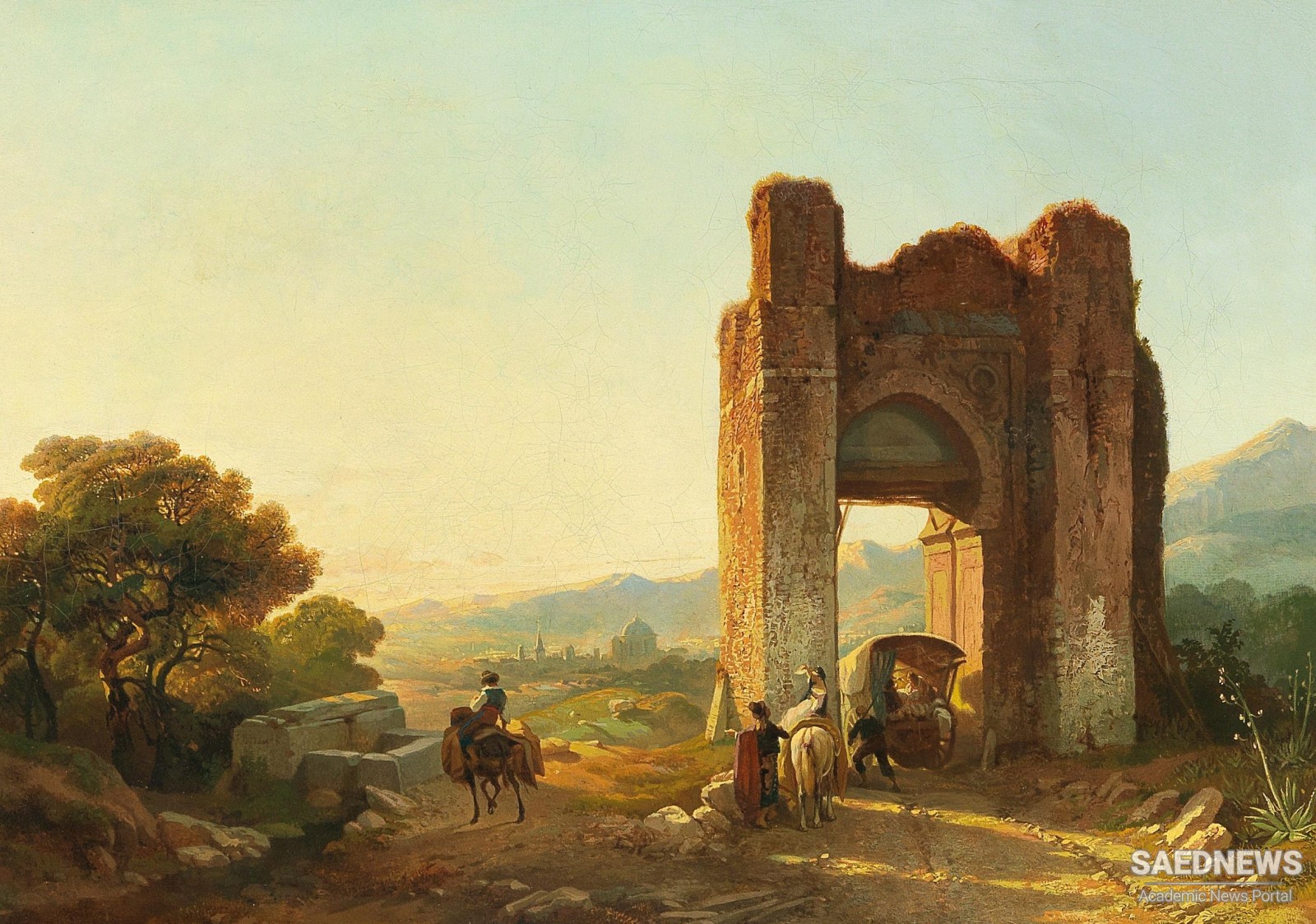The term ‘tourist’ also has Latin origins, from tornus – an individual who makes a circuitous journey, usually for pleasure, and returns to the starting point. The contemporary use of the terms, identifying the ‘pilgrim’ as a religious traveller and the ‘tourist’ as a vacationer, is a culturally constructed polarity that veils the motives of the travellers. The nature of the ‘tourist experience’ has received increasing attention in tourism research, with the tourist perceived as a pilgrim in the current modern secular world. Tourism has been defined as an activity dependent on three operative elements: discretionary income, leisure time and social sanctions permissive of travel.
Pilgrimage also requires these elements. Turner and Turner claimed that a tourist is half a pilgrim, if a pilgrim is half a tourist, while other authors have described tourism as a ‘sacred journey’ in which the individual escapes from the secular everyday world to the land of play. Tourism and pilgrimage can be identified as opposite end points on a continuum of travel. The polarities on the pilgrimage–tourism axis are labelled as sacred versus secular. Between the extremities lie almost an infinite [number of] possible sacred–secular combinations, with the central area (C) now generally termed as ‘religious tourism’ or ‘knowledge-based tourism’ (as the term is sometimes used as a synonym). These positions reflect the multiple and changing motivations of the traveller, whose interests and activities may switch from tourism to pilgrimage and vice versa, even without the individual being aware of the change.
Most researchers identify ‘religious tourism’ with the individual’s quest for shrines and locales where, in lieu of piety, the visitors seek to experience the sense of identity with sites of historical and cultural meaning. Contemporary research is now increasingly addressing the complicated relationship between pilgrimage and tourism, including the economic, social, political, psychological, emotional and other aspects. One of the representative articles on this aspect came from Eade, whose paper describes the interaction between pilgrims and tourists at the Marian shrine in Lourdes, France.
One cannot describe ‘the tourist’ as a ‘general type’. Therefore, there are several tourist experiences that will help in the understanding of the phenomena of pilgrimage. Four main modes are defined, presenting the spectrum between the experience of the tourist as a traveller in pursuit of ‘mere’ pleasure and that of the modern pilgrim in quest of meaning at someone else’s ‘centre’. Cohen classifies them as the ‘recreational mode’, the ‘diversionary mode’, the ‘experiential mode’ and the ‘existential mode’.
Cohen claims that tourists travelling in the ‘existential mode’ are analogous to pilgrims. Both are fully committed to an elective spiritual centre, external to the mainstream of their native society and culture because they feel that the only meaningful ‘real’ life is at the centre. The pilgrim and the ‘pilgrim-tourist’ peregrinate toward their sociocultural centre, while the traveller and the ‘traveller-tourist’ move in the opposite direction. It seems that the difference between old-fashioned pilgrimage and tourism is narrowing. Numerous points of similarity are emerging, and the word ‘pilgrimage’ itself is widely used in broad and secular contexts, such as for visits to war graves or to the graves and residences of celebrities.


 Religious Sites, Pilgrimages and Events: Sacred and Secular Motivations for Pilgrimage
Religious Sites, Pilgrimages and Events: Sacred and Secular Motivations for Pilgrimage














































